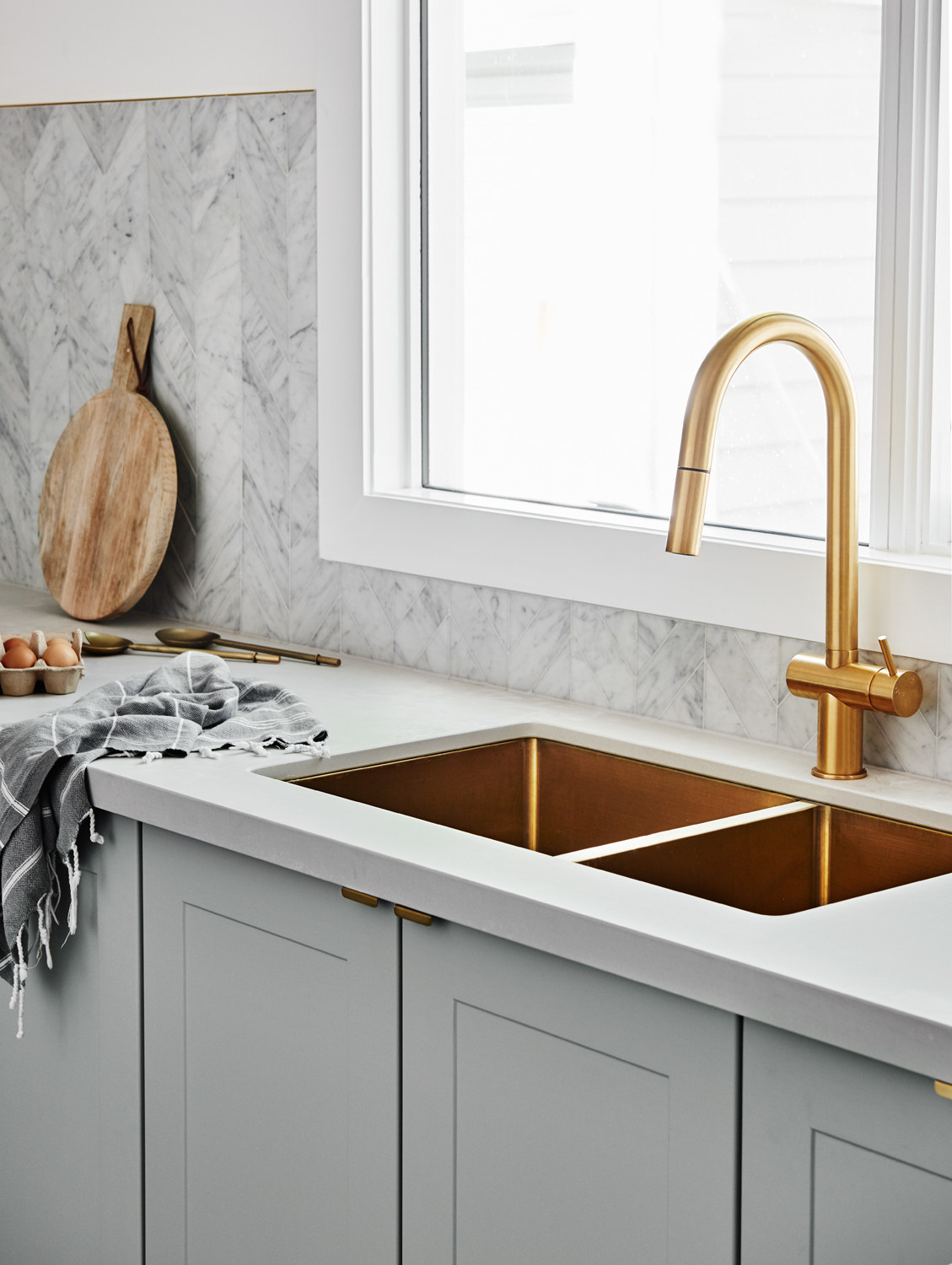

Hunting for the best kitchen sink for a kitchen revamp? Sinks are a vital part of the kitchen work triangle, so size and functionality are important, but you need to consider it alongside style. Your kitchen sink will be used multiple times every day, and you won’t necessarily be looking to replace it for a long time, so think carefully about the material and colour that you want, as well as how easy it is to clean, too.
If you are after more kitchen ideas, head over to our page and for an in-depth guide to how to plan your dream kitchen head over to our kitchen design feature.
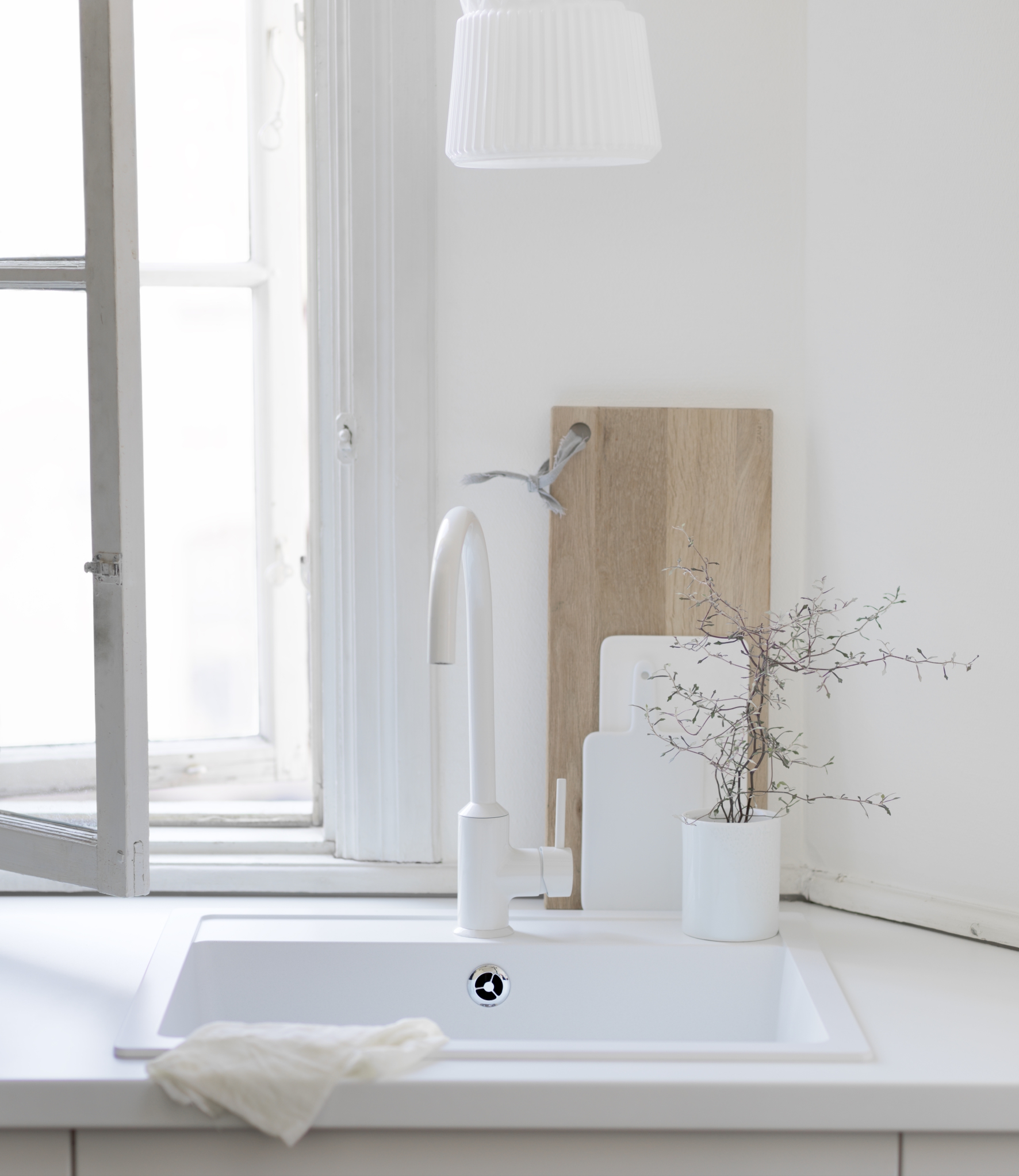
Which is the best kitchen sink material?
Stainless steel is a practical choice that's hardwearing, long lasting, and easy to clean, although they can dent if heavy objects are dropped on them and, over time, will be covered with fine scratches. Sinks in stainless steel are an affordable option and can add contemporary flair to a kitchen worktop. Usually available in a range of finishes: polished; silk; brushed; and linen. Read our guide to cleaning stainless steel.
Composite sinks are made from a combination granite stone dust and acrylic resins, are designed to have the looks of granite without the price tag, although they are more expensive than stainless steel and ceramic sinks. Ideal for contemporary kitchens, they can withstand high temperatures, are incredibly hardwearing and are hygienic, although they can be discoloured by harsh chemicals. The various stones used in their composition means that there are a lot of variations in colour and texture.

Ceramic is traditional and will suit any kitchen style, but especially country style kitchens, Shaker kitchens and farmhouse kitchens. Ceramic sinks can become stained over time; but with good care, ceramic sinks can be very long lasting.
Concrete is a beautiful material for a kitchen sink, albeit expensive. Available in its natural colour, it can also have pigments and aggregates added to create a variety of finishes and colours; it can also be polished to a high gloss, and treated for ease of maintenance, although it will, nonetheless, develop a patina as it ages.
Corian is another top end, but stunning material for a kitchen sink. Highly durable, stain resistant, hygienic and easy to maintain, sinks in this material come in a range of colours and styles, with a variety of edge treatments, inlays, configurations and fitting options available, including a 'moulded' where the sink is a seamless continuation of your kitchen worktop.

Matching your kitchen sink to taps
Kitchen sinks come ready prepared for mounting to certain faucets. Make sure when choosing your taps, they match your sink, and vice versa.
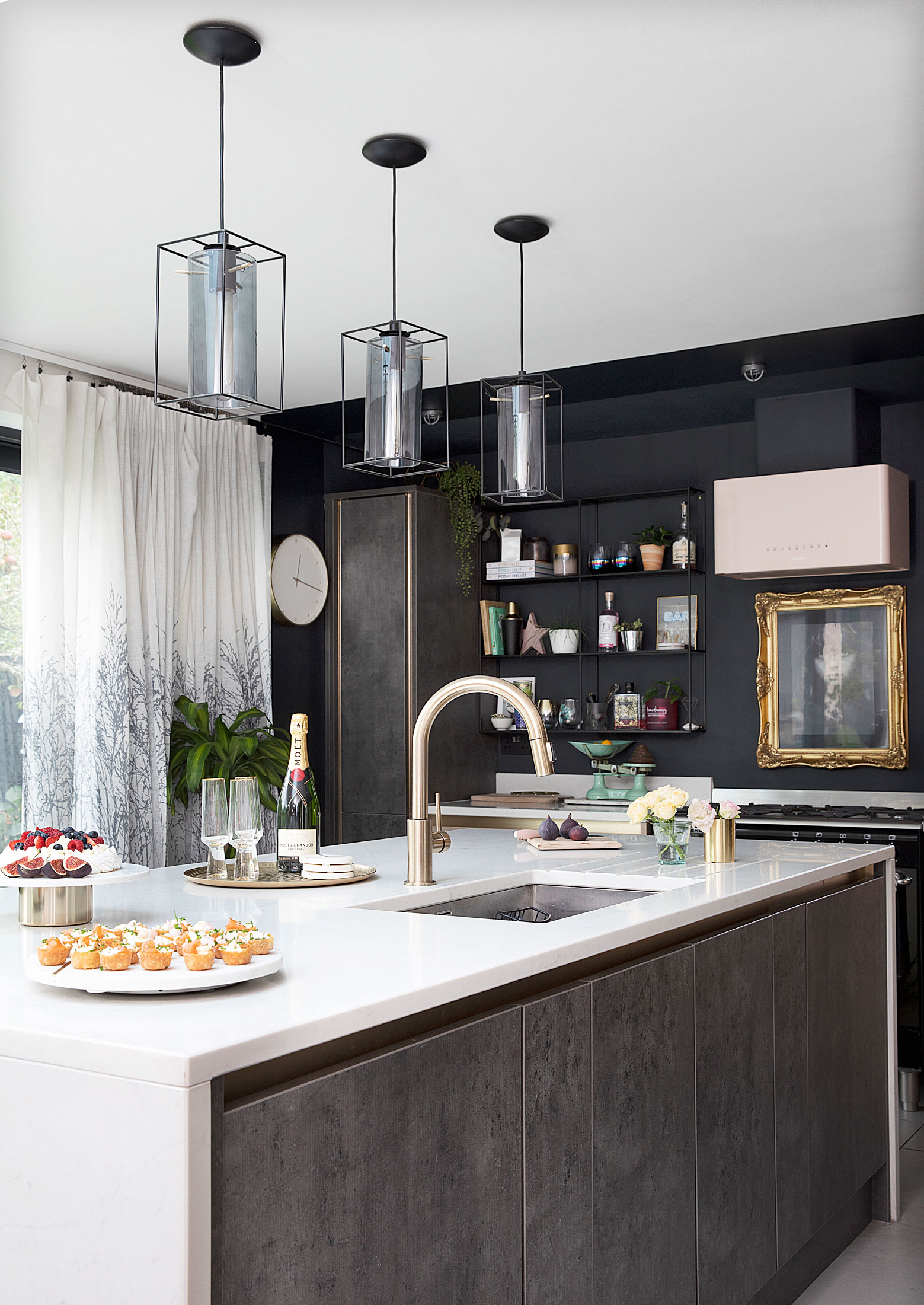
How to choose the best kitchen sink size
The most important factor in choosing your kitchen sink will be its size. The bigger the kitchen, the more freedom there will be to add drainage boards, second and third basins, half basins and waste disposals.
Built in drainage boards are common on both composite and stainless sinks. While ceramic draining boards are available, they are likely to be damaged through frequent use.
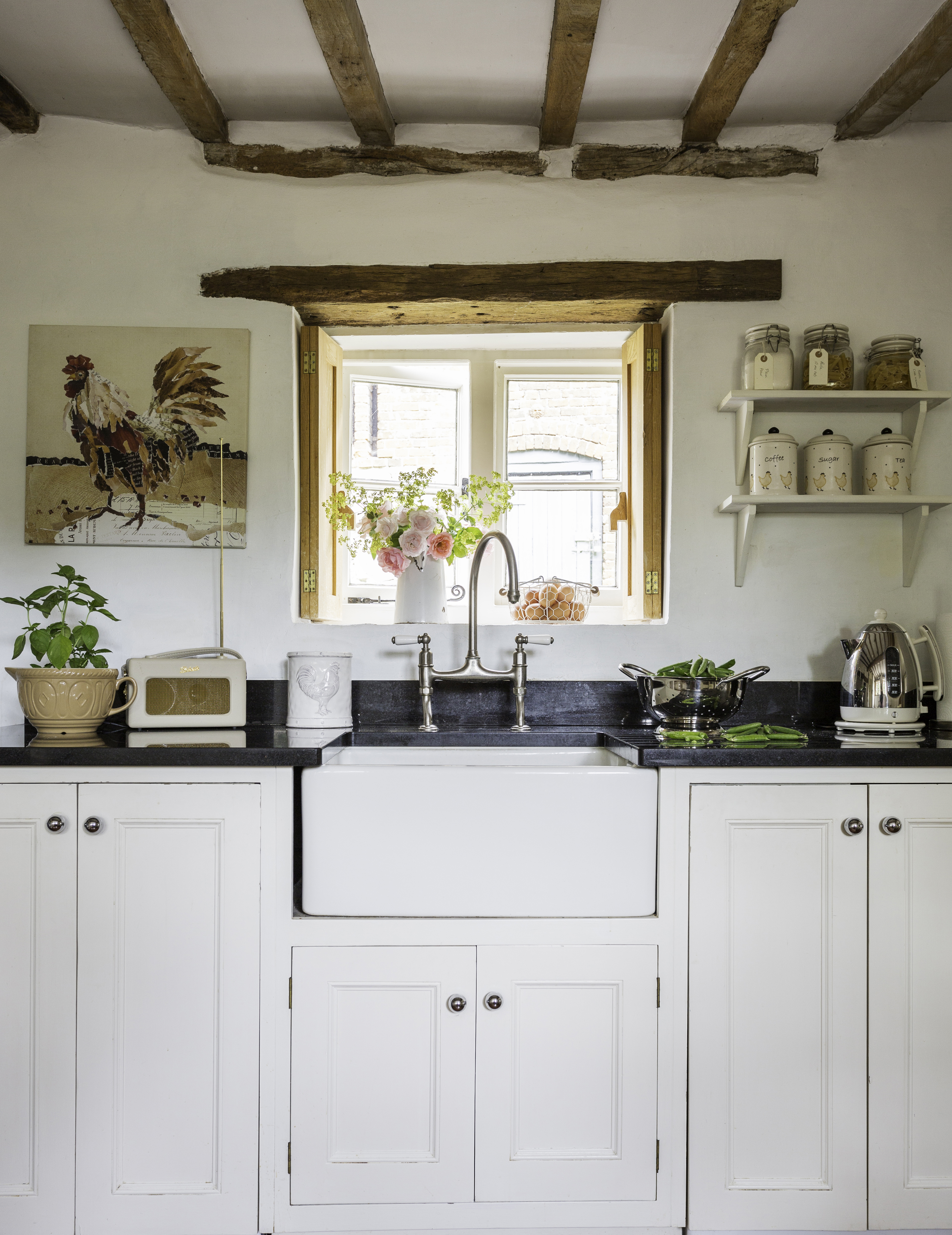
Which kitchen sink configuration?
Single bowl sinks, usually combined with drainers, are ideal for small kitchens, offering plenty of space in which to wash big pots and pans. They usually come with a drainer section where you can leave dishes to dry.
1.5 bowl sinks have a small bowl next to the main sink bowl and are ideal for extra washing or draining when the main bowl is in use.
Two bowl sinks are really useful in family-sized kitchens.
All bowl configurations can be surface-mounted, inset and come as Belfast or butler sinks; each can be used with any worktop material.
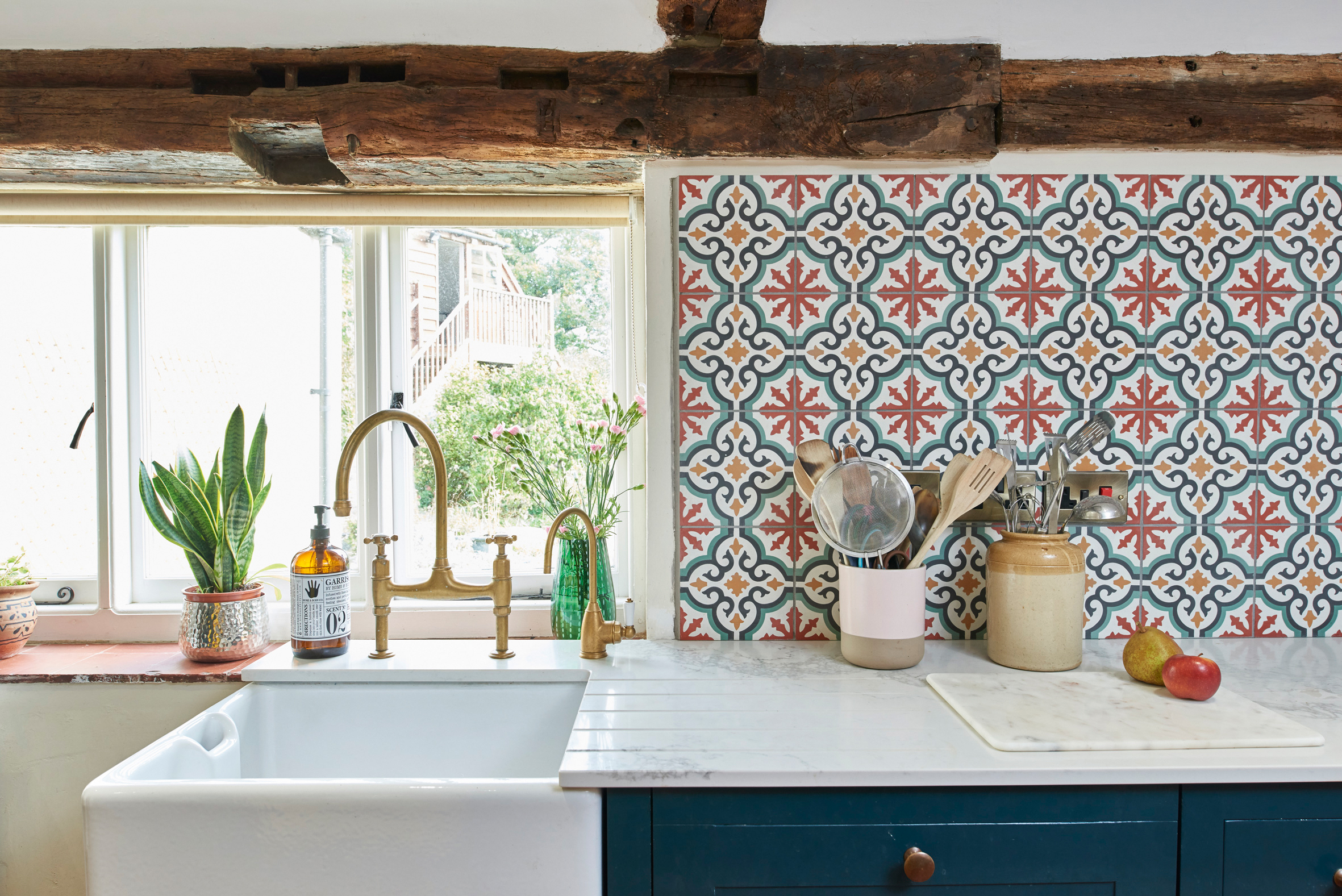
What is the best kitchen sink shape?
Classic kitchen sinks are square or rectangular, but if you are planning a small kitchen, you might like to choose a circular sink, which saves on worktop space, although most come without a drainer. Another option is a corner sink, which can help you design a more efficient room layout.
Smaller sinks aren't just for small kitchens: they will be handy buys if you are planning a utility room, too.
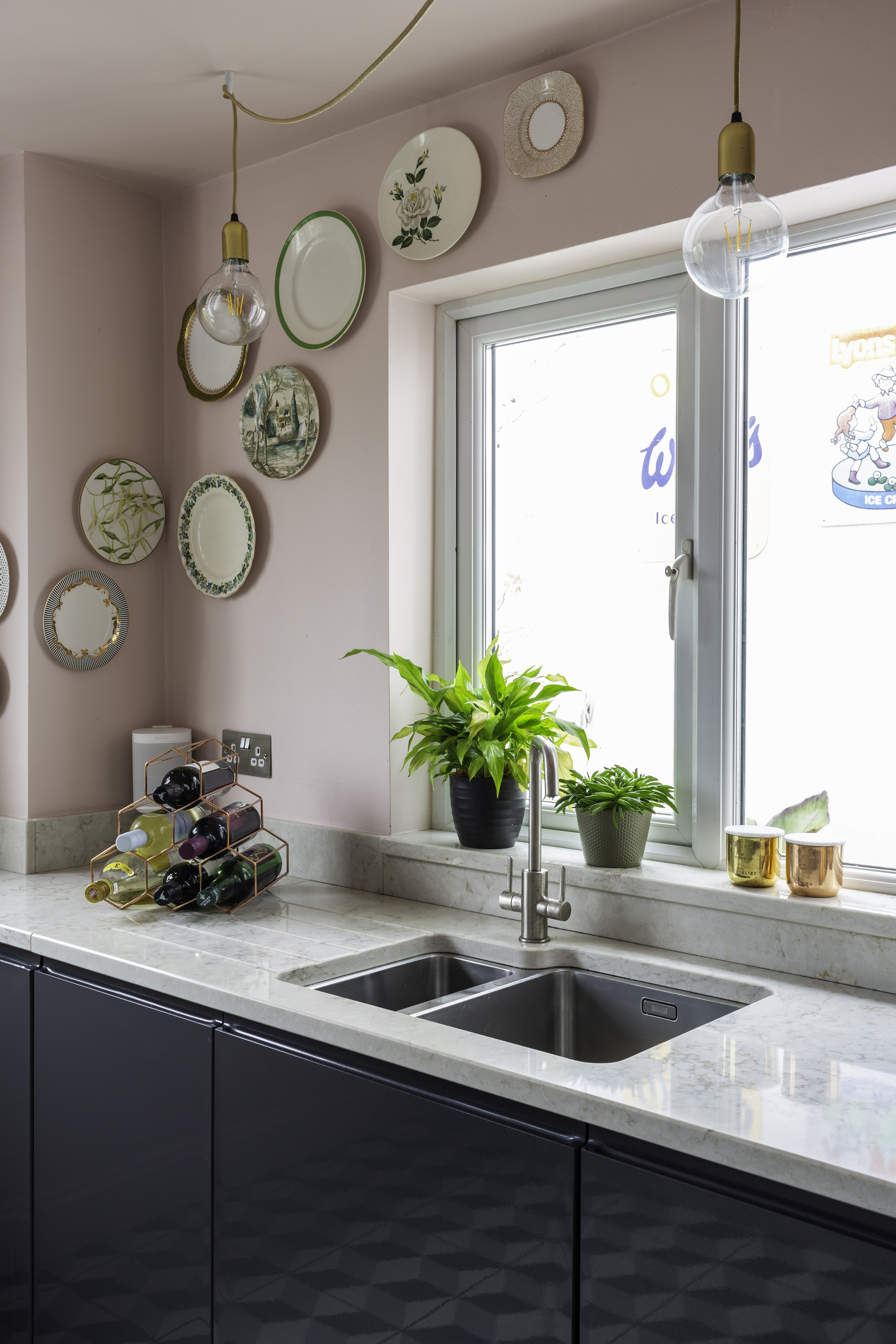
Choosing the best drainer option
Most inset sinks come with a drainer included. Under-mounted sinks can either sit within a worktop and you can buy a dish rack; better still, a drainer can be factory-cut into the worktop material.
Universal drainers can be positioned either side of the bowl. These sink/drainer combinations come with two holes cut in the sink top, one front and one back. The tap will be fitted through one, the other will be sealed with tap hole stopper.
Left-hand drainer/right-hand bowl or right-hand drainer/left-hand bowl: with these sink/drainer combinations, you need to get the configuration right when you order.
Where to position the drainer? It's usual to position it over an appliance, such as a dishwasher, but ideally you need to consider how it fits into the worktop and preparation space overall before deciding.

More kitchen design must-haves:
Join our newsletter
Get small space home decor ideas, celeb inspiration, DIY tips and more, straight to your inbox!
Lucy is Global Editor-in-Chief of Homes & Gardens having worked on numerous interiors and property titles. She was founding Editor of Channel 4’s 4Homes magazine, was Associate Editor at Ideal Home, before becoming Editor-in-Chief of Realhomes.com in 2018 then moving to Homes & Gardens in 2021. She has also written for Huffington Post, AOL, UKTV, MSN, House Beautiful, Good Homes, and many women’s titles. Find her writing about everything from buying and selling property, self build, DIY, design and consumer issues to gardening.
-
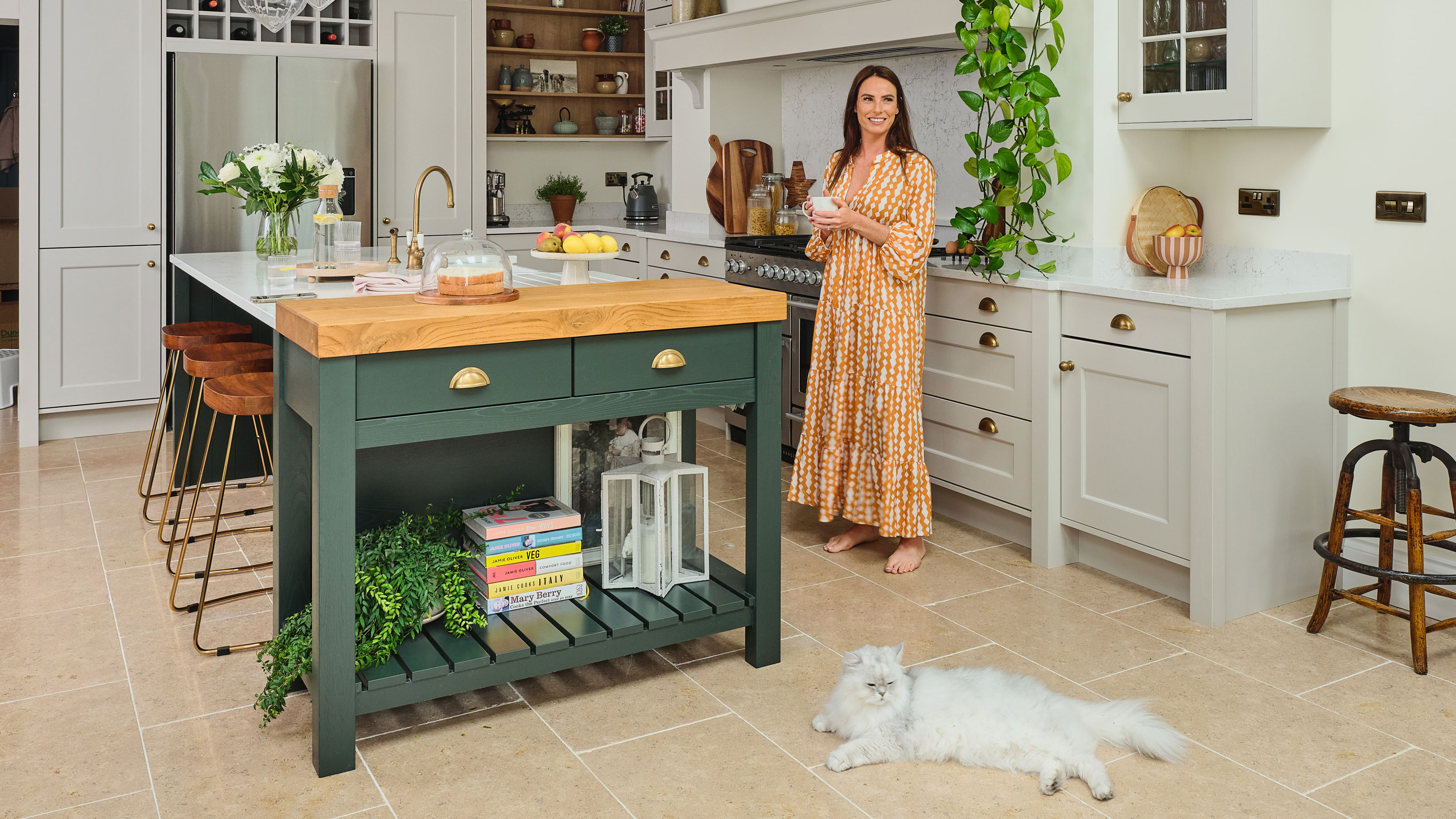 You won't believe this stunning five-bed family home used to be a tiny two-bed
You won't believe this stunning five-bed family home used to be a tiny two-bedKatie and Stuart went big with a double-story extension to create a dream space for themselves and their daughters
By Ifeoluwa Adedeji
-
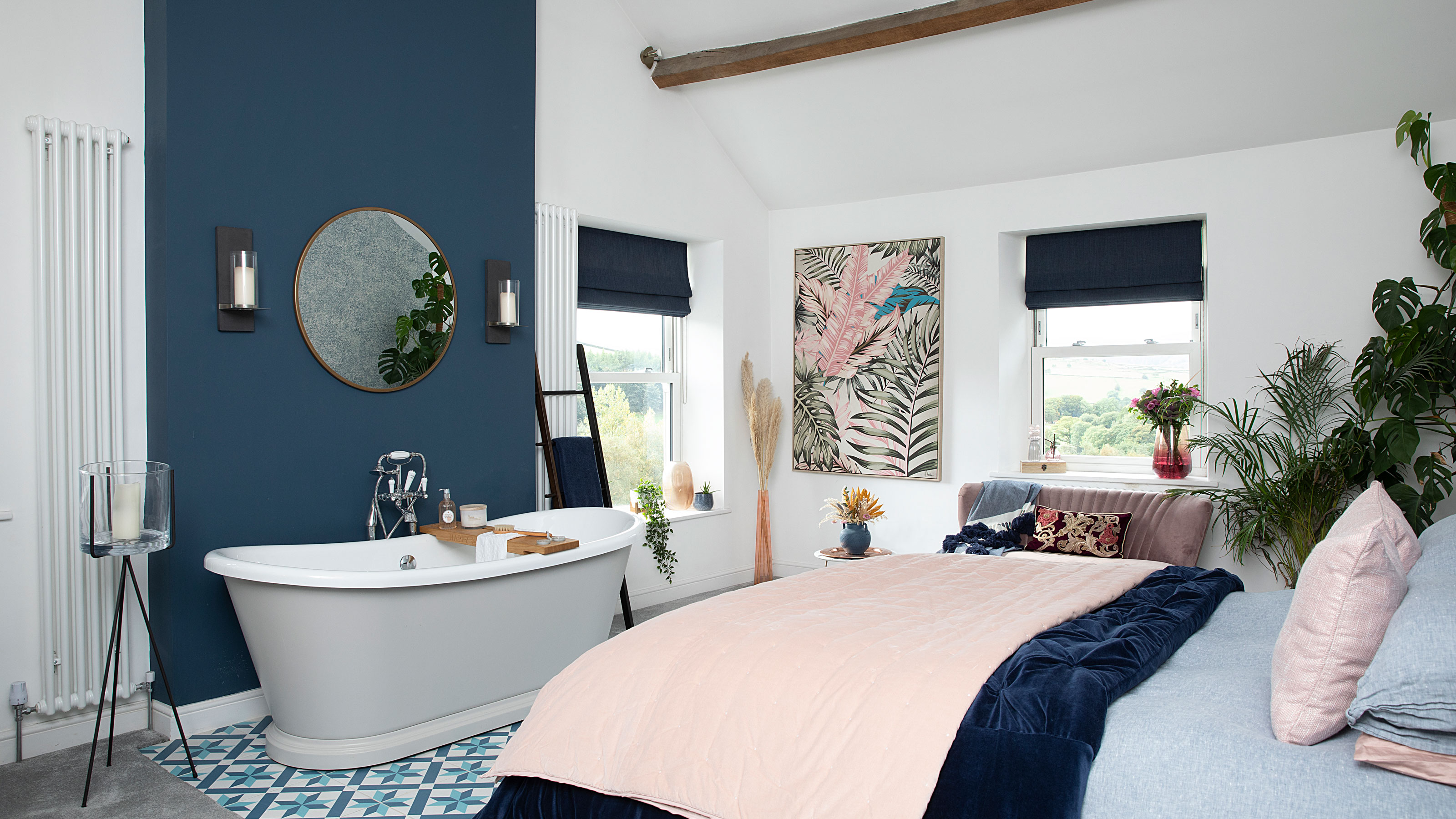 The freestanding bath in this dreamy bedroom is sheer five-star luxury
The freestanding bath in this dreamy bedroom is sheer five-star luxuryEmma and Martin wanted a suite just like in an upscale hotel — mission totally accomplished.
By Ellen Finch
-
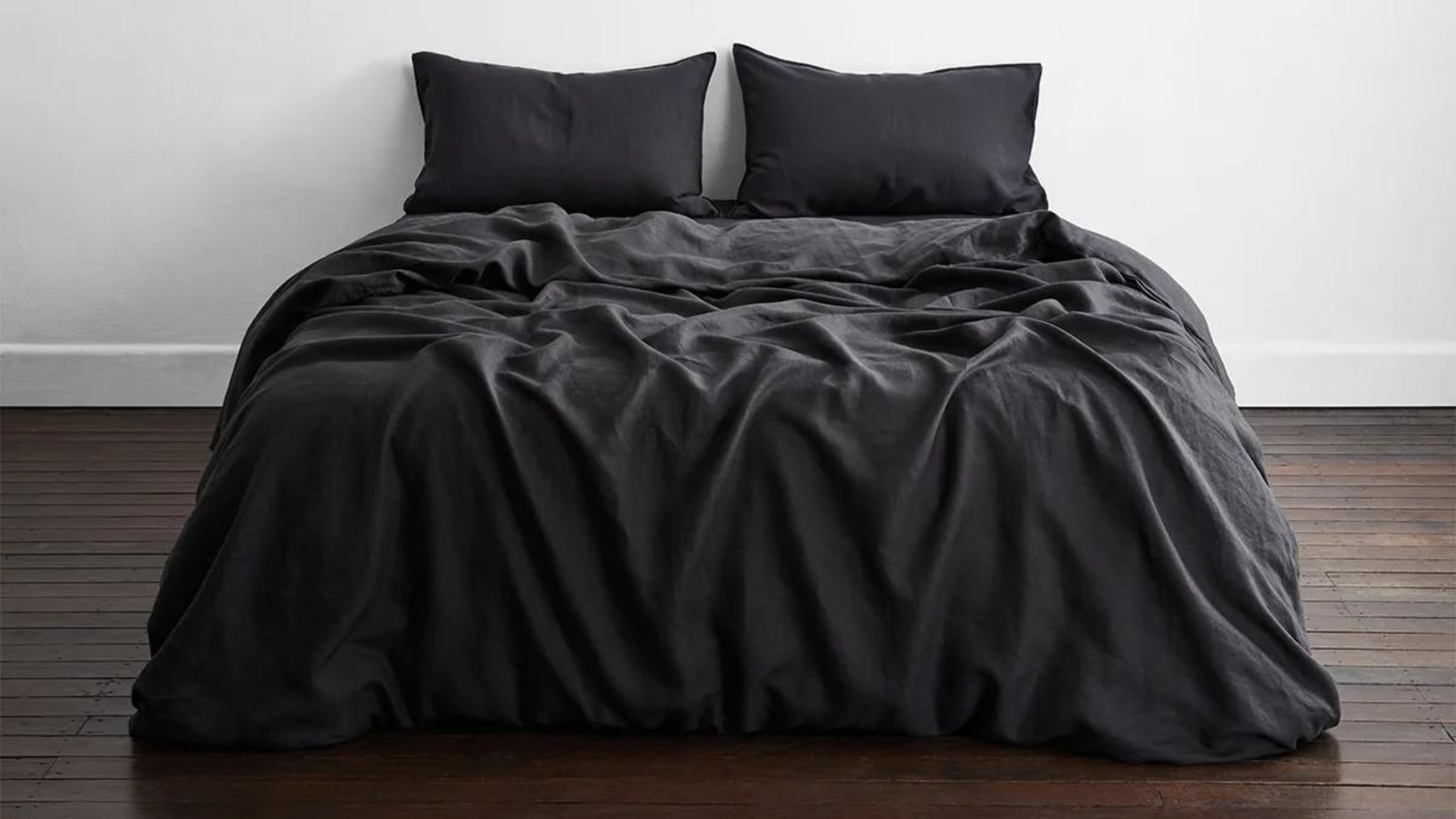 I just know 2023 is going to be all about black bedding sets
I just know 2023 is going to be all about black bedding setsWhite sheets are out, black bedding sets are in — here's everything you need to know about this bedroom decor trend
By Louise Oliphant
-
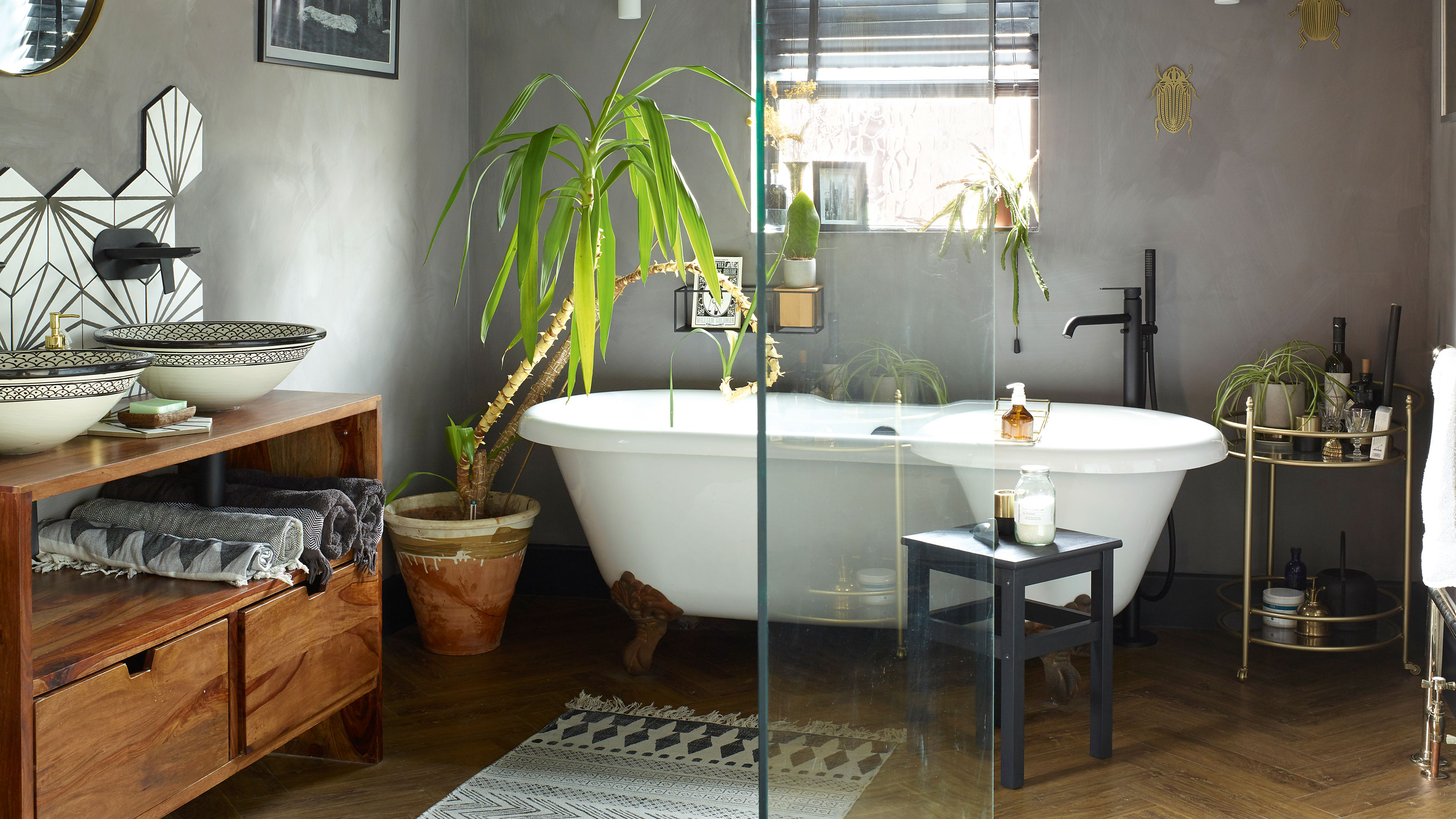 A bland beige bathroom is transformed into a STUNNING contemporary sanctuary
A bland beige bathroom is transformed into a STUNNING contemporary sanctuaryFirst-time homeowners Ellie and Oliver’s new bathroom is a well-planned fusion of modern pieces and exotic touches
By Ellen Finch
-
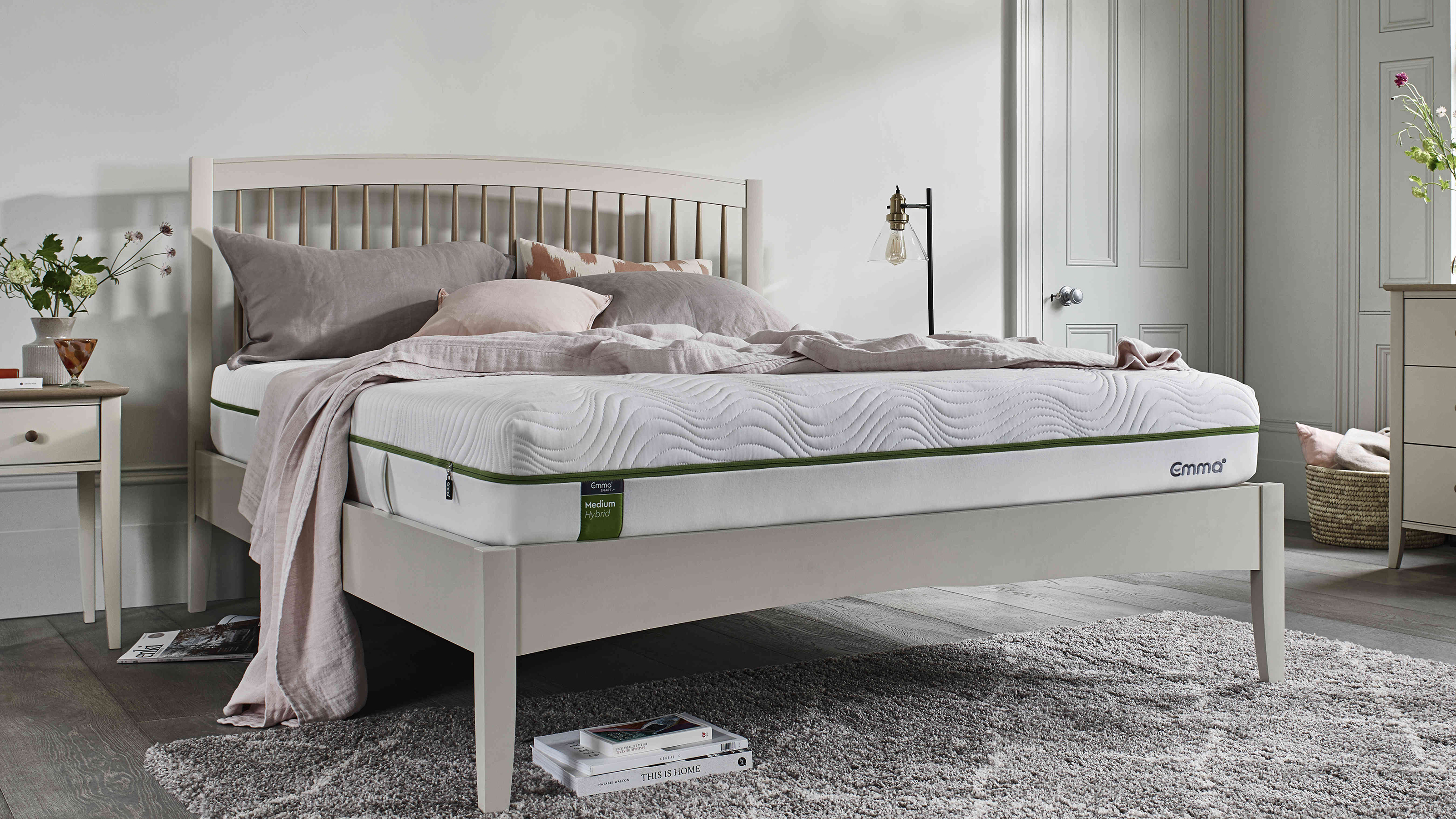 Mattress disposal: how, where, and how much it will cost?
Mattress disposal: how, where, and how much it will cost?Mattress disposal is tricky. You’ve swapped it for a supportive new design, but how to dispose of the bulky old mattress? Follow our guide to find out...
By Sarah Warwick
-
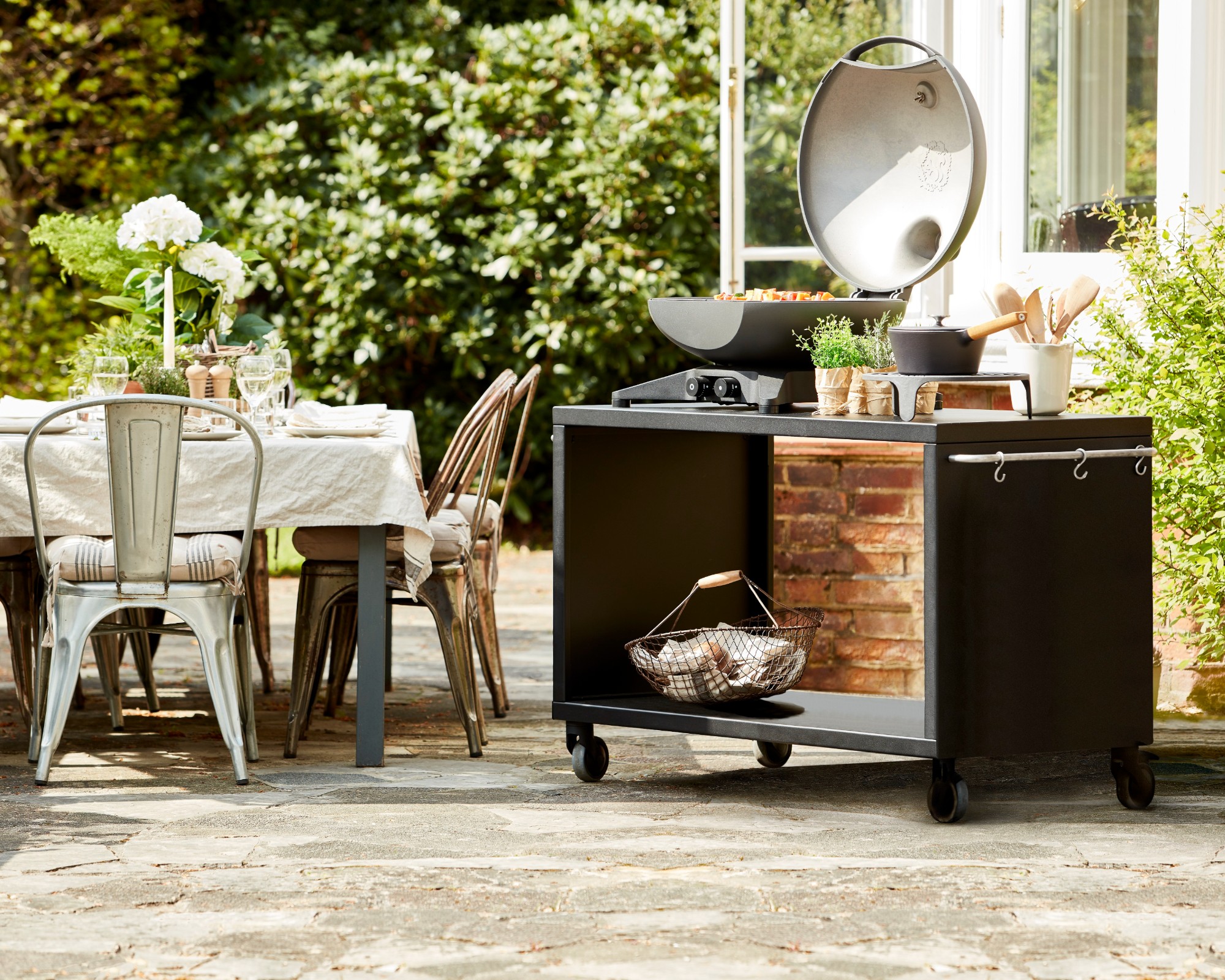 36 outdoor kitchen ideas – enviable and inspiring designs for your backyard
36 outdoor kitchen ideas – enviable and inspiring designs for your backyardEnjoy alfresco cooking and entertaining all year round with the best outdoor kitchen ideas for every space and budget.
By Sarah Warwick
-
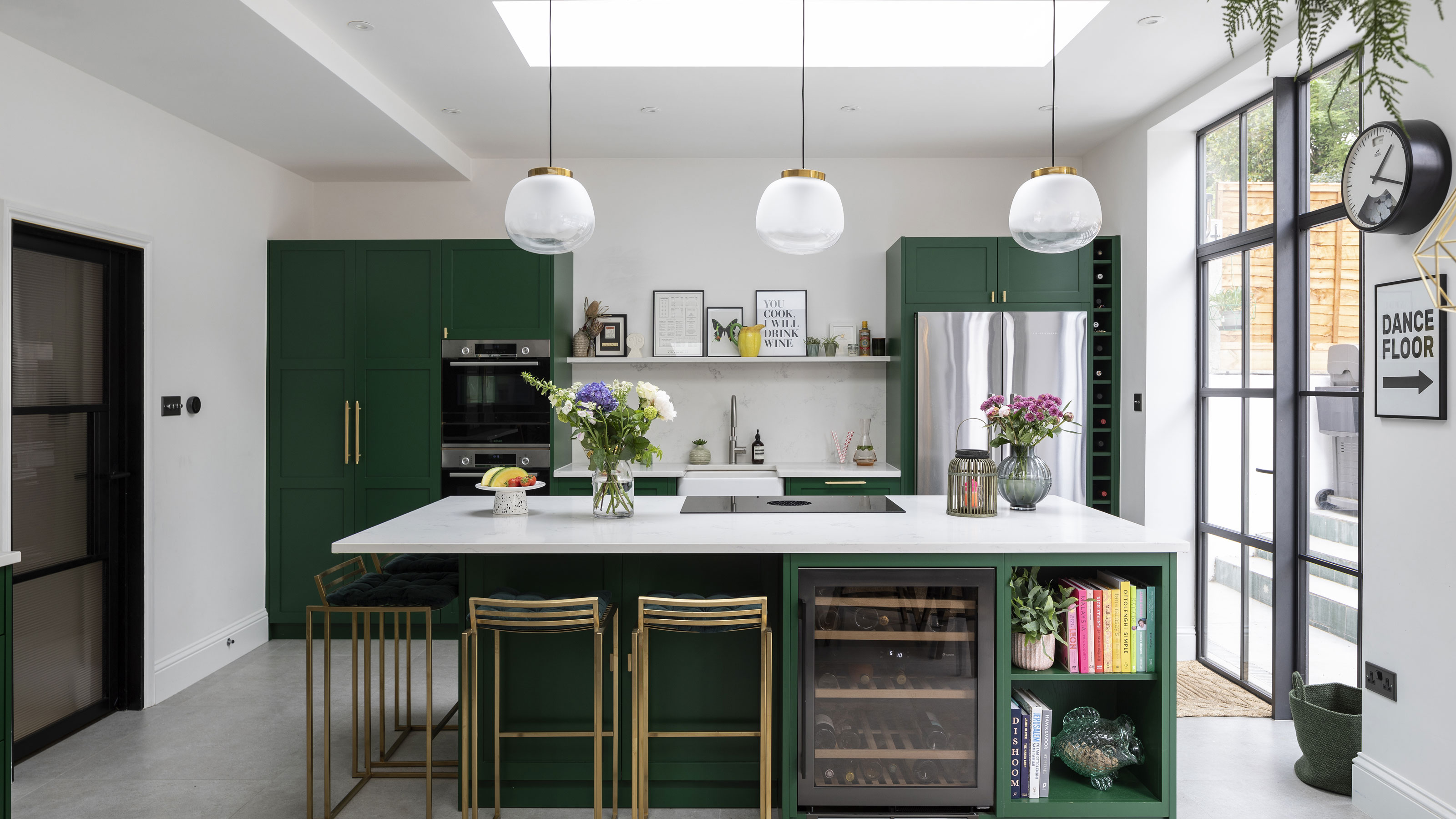 Real home: Gorgeous green kitchen has a fresh feel
Real home: Gorgeous green kitchen has a fresh feelA stunning extension and Charley Smith's clear design vision has resulted in a family kitchen-diner that’s ripe for entertaining.
By Ifeoluwa Adedeji
-
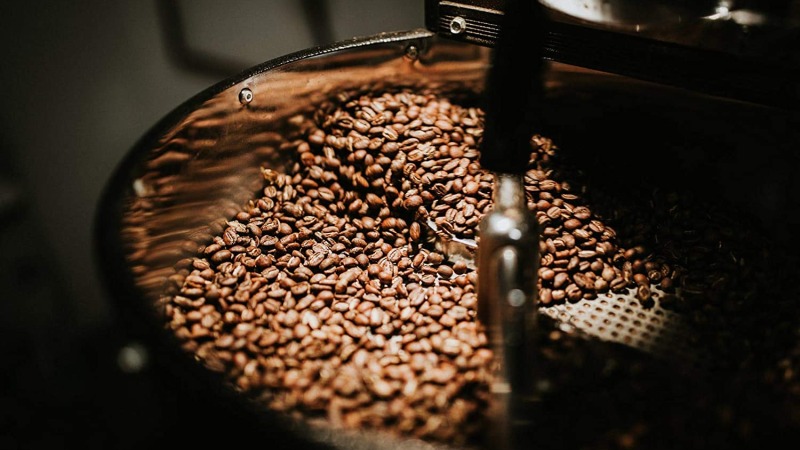 [redirected] Best coffee beans: 12 delicious coffees to start your morning with
[redirected] Best coffee beans: 12 delicious coffees to start your morning withYour perfect cup of coffee starts with the coffee bean. We're sharing our best-bagged beans from coffee shop favorites to gourmet roasters.
By Jaclyn Turner